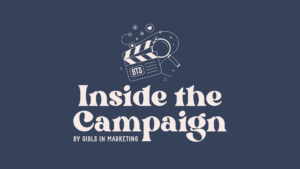You’ve been asked to share a proposal of ideas in line with a brief that involves the creation of content and distribution. Where do you begin? Knowing how to write a winning proposal for content marketing will benefit your business.
We know content marketing trends come and go, and it can be tough to recognise what content your brand or business should be making in order to meet objectives. The first thing to outline is your objectives. Are you looking for more engagement on social? Do you want more sales? Or maybe you’re aiming for a PR moment to make lots of noise.
Once you’ve outlined the objectives you can start planning how you will reach them. Here are 5 of our top tips on how to write a winning proposal for content marketing!
1. Open notes and make a slide plan!
These are the most important elements to include in your proposal. Writing some notes on each before you get started will help you see the direction, and make sure you don’t miss anything out. Don’t worry about how it looks visually, as soon as you have the basics you can make it look great afterwards!- Recap the brief, budget and objectives,
- Your experience (sell yourself and why they should work with you!)
- What does campaign success look like?
- What audience are you trying to reach? Is there a secondary audience?
- What audience insight can you include? (Research)
- When is the campaign being delivered?
- What is your strategy?
- What channels and why do they work for the brief and audience?
- Content examples (show off your best work!)
- Creative touch points – can you mock up some creative examples?
- Stretch ideas – show them what they could do with more budget!
- Summary, timeline and next steps.






